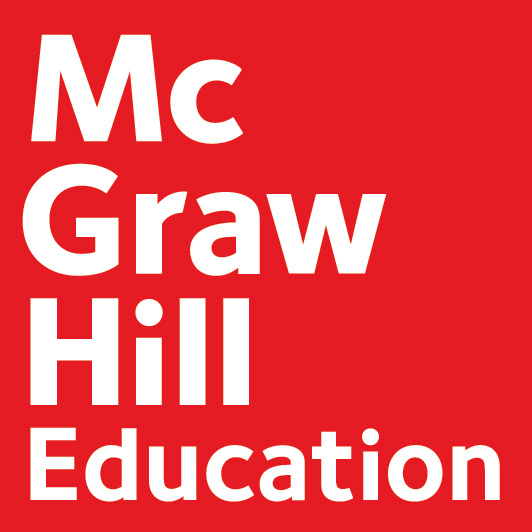 In 2016-17, one fifth-grade class of English-speaking students at a Spanish immersion school in Michigan received higher marks on a state assessment after using Everyday Mathematics 4 (EM4) from McGraw-Hill Education for one year.
In 2016-17, one fifth-grade class of English-speaking students at a Spanish immersion school in Michigan received higher marks on a state assessment after using Everyday Mathematics 4 (EM4) from McGraw-Hill Education for one year.
Their math scores increased by 14 percent on the Michigan Student Test of Educational Progress, or M-STEP, with 52 percent of students who used EM4 scoring in the advanced range, as opposed to only 17 percent of students statewide who did.
Meanwhile, 70 percent of EM4 users scored at or above proficiency in math, while only 35 percent of students statewide scored in this category.
These scores may show that EM4 improved student math skills, but since these students are enrolled in a school that teaches core academic subjects in Spanish, their improvements also demonstrate how language and math skills are linked.
Strong fit
EM4 pays careful attention to the development of the specialized language of mathematics, and includes Academic Language Development notes in lessons to support teachers. Every lesson contains suggestions specific to the content of the lesson for supporting beginning English language learners, and most lessons have expanded lesson-specific suggestions and activities for English language learners available online. In short, EM4‘s emphasis on research-based teaching and learning strategies, combined with an emphasis on differentiation and language support, makes EM4 a strong fit for an immersion school.
Importance of language
Language is essential to all aspects of learning, says Ed Lamprich, V.P. of ELL Strategy & Director of World Languages at McGraw-Hill Education. Teachers use language when explaining math concepts to students, while students need language skills for developing and testing hypotheses. Students also use language to demonstrate their understanding of mathematical reasoning, concepts and procedures.
“Students learning grade-level math content in a language other than their home language need to build academic language proficiency in order to participate in mathematical discussions,” says Lamprich.
In the real world
College and career readiness standards call for all students to show a deep understanding of math concepts and the ability to apply the concepts in real-world situations, says Lamprich. So while all students come to school with some knowledge about how language works, students benefit when teachers see that as an asset to build upon. For  example, students who engage in the productive struggle of learning grade-level mathematical concepts should be given time to formulate the written or oral response before a scaffold is provided.
example, students who engage in the productive struggle of learning grade-level mathematical concepts should be given time to formulate the written or oral response before a scaffold is provided.
“Teacher modeling of the use of precise language needed for mathematical discourse is beneficial to all students, particularly to ELLs with varying levels of English proficiency,” says Lamprich.
For more information, please visit mheonline.com/research







